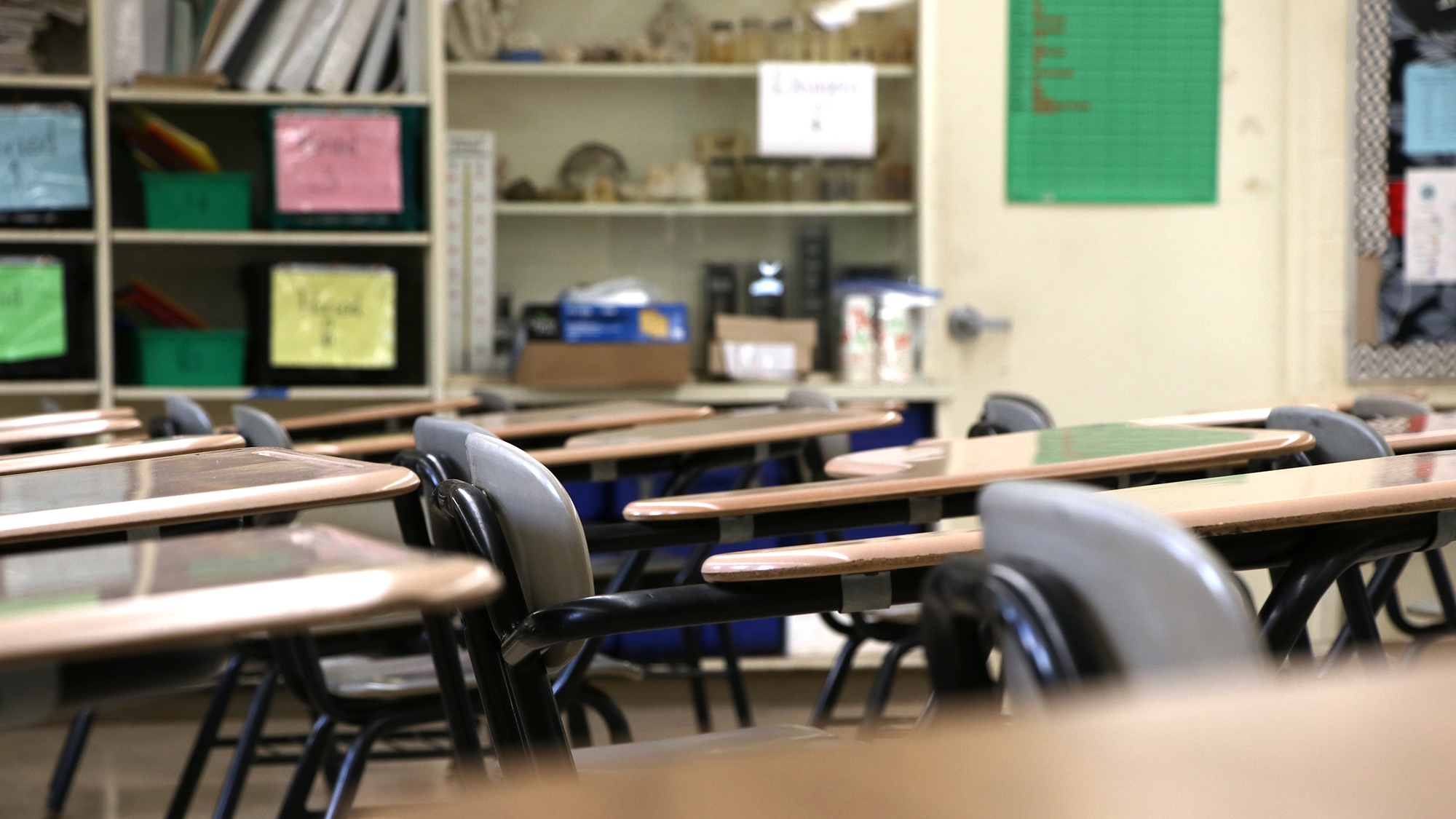Small neighbor island schools would benefit from the proposal
Posted: February 15, 2022
The state Senate Education Committee approved a measure to appropriate more funding for remote and small Hawaii schools at its hearing on the measure Monday.
Currently, the Hawaii State Department of Education (HIDOE) uses a Weighted Student Formula (WSF) to distribute funds for school budgets based on the type of school (elementary, middle, high) along with a base amount for each pupil. Additional funding is aligned with different student needs and characteristics including gifted and talented, economic disadvantage, English learners, transiency, homeless, and neighbor island.
In his written testimony in support of Senate Bill 2333, HSTA President Osa Tui, Jr. said, “Intended to make funding for public education more equitable, transparent, and decentralized, WSF had the unintended consequence of limiting academic programming for children in small and rural schools.”
A report commissioned by the HIDOE and completed by the American Institutes of Research (AIR) revealed that “small or isolated schools do not have adequate funding under WSF and that the formula does not account adequately for diseconomies of scale associated with small schools or for additional costs due to geographic isolation.”
Senate Bill 2233 states, “In the case of Hana high and elementary school, the budgetary shortfall has resulted in the loss of several well-qualified teachers and has threatened the school’s ability to offer minimum course requirements for students to earn high school diplomas.”
Interim Superintendent Keith Hayashi submitted testimony in support of the bill saying that the additional funding “will provide the students in these communities with more opportunities and a more fulfilling learning experience.”
It would also provide remote schools with a more reliable level of funding, which will help them in their strategic academic planning from year to year, he noted.
Rural schools stretched thin, need additional funding
The lack of funding causes rural schools, especially on neighbor islands, to scale back on critical programs and services such as library and career and technical education (CTE) programs.
Wendy Nickl serves as registrar and curriculum coordinator among a lengthy list of other positions at Kohala Middle School on Hawaii Island because of a lack of funding in her rural district.
Nickl also handles managing federal funding for the school, since students from low-income families make up about 65% of Kohala Middle’s enrollment (Title 1). She also spearheads the school’s Advancement Via Individual Determination (AVID), College for Every Student (CFES), Gaining Early Awareness and Readiness for Undergraduate Programs (GEAR UP), Western Association of Schools and Colleges (WASC) accreditation, and serves as advisory coordinator and testing coordinator while each day handling house advisor duties for 15 students in homeroom, study hall, and advisory.
“I hope lawmakers increase supplemental categorical funding for rural schools, so we can restore important programs such as our school libraries, which have been eliminated for years at all Kohala public schools – Kohala Elementary, Middle and High Schools – due to limited Weighted Student Formula funding,” Nickl said.
“At Kohala Middle and High School, our students deserve to have varied options for career and technical education (CTE) courses to plan for career and college opportunities, like their urban peers. Tragically, due to WSF limitations and fluctuating staffing each year, our students have very limited CTE choices. Every keiki deserves the same opportunities to get the best public education possible,” Nickl added.
In its written testimony, the HIDOE identified five schools (Hana High and Elementary, Kau High and Pahala Elementary, Lanai High and Elementary, Molokai High, and Niihau School) that would fit the bill’s definition of “remote schools.”
The department also noted the following schools were designated as “remote schools” for purposes of a Hawaii State Board of Education-approved supplemental allocation for school years 2022-23 and 2023-24 of $250,000 each: Kaunakakai Elementary, Kilohana Elementary, Maunaloa Elementary, and Molokai Middle.
At the end of the hearing, the Senate Education Committee voted unanimously to approve the bill, with amendments to expand the definitions to include the additional schools mentioned in the HIDOE’s testimony.
The bill will next be heard by the Senate Ways and Means Committee.
Legislation is subject to amendment and change and the final outcome will not be clear unless and until lawmakers pass the bill in some form and it becomes law with or without Gov. David Ige’s signature.
Under the WSF currently, an annual baseline amount for each type of school is set (e.g., elementary schools receive $307,000, middle schools start with $461,000, and high schools are allotted $472,000) along with a base amount for each pupil with additional funding (“weights”) aligned with different student needs and characteristics.
The base per-pupil amount is $4,491 per student at each school. For instance, a Maui school would receive $5,874 for a homeless student, receiving extra funds for neighbor island, economic disadvantage, and homeless categories.

